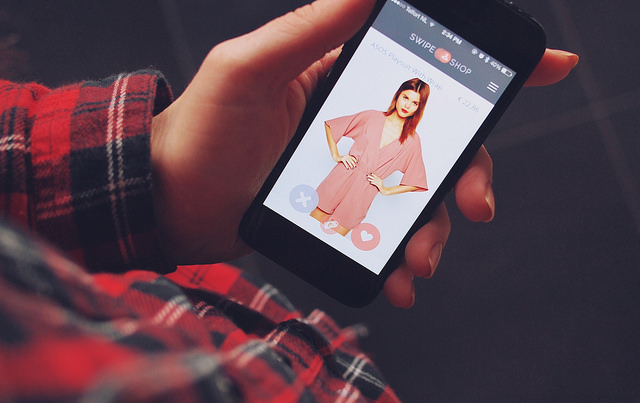
Five Misconceptions About Retail Mobile Apps (and How To Fix Them)
As a retailer, you most likely have a mobile app—but is it everything you thought it would be? Is it really driving sales like your Chief Revenue Officer (CRO) or Chief Marketing Officer (CMO) thought it would? Is it increasing engagement exponentially like your digital agency promised? For many retailers, I hear that they’ve invested in a mobile app just to have an app. When I ask why, my jaw typically drops and I hear many common fallacies of mobile apps.
This year, let’s change that. Here’s what you can start doing today to improve your mobile app and drive engagement, brand loyalty and hell, maybe sales.
1) Capturing tons of data will make us very valuable.
You already measure everything, but does anyone on your team understand the data to drive insights? This is nothing to be ashamed of—many people do not understand the data. From tracking in-app usage you can understand how users interact: what they share, which features they love most and what they spend the most time on.
By making sense of the data you determine which functionality you should focus on improving, or which features to stop wasting time on. If someone on your team cannot effectively do this, hire a consultant to teach you.
2) Adding social sharing functionality will take us viral.
Don’t just add a share button everywhere and hope it is going to work. Take the time to understand how this will benefit your user. Will someone share a dress or lipstick with her friend? Will the person want to share on social, by email or by text message?
To see the most success, you need to integrate social in a way that benefits the user, not you. Understanding why your audience shares content is a great place to begin. Figure out why the user wants to share the dress or lipstick.
3) If our brand makes an app people will use it often.
Retailers are surprised when their app doesn’t create the traction they expected. It’s frustrating, it’s confusing and it looks like a wasted investment. However, after reading Fallacy #1 and gaining insight, there is still more you can do.
Take off your sales cap for a minute. Think about why you use the most common apps on a daily basis. I’m assuming it’s to communicate with people, to be more productive at your job—or more commonly, to have a quick emotional stimulus and cure for boredom.
The secret: think about the emotional drivers behind your app. What can you offer to your users to inspire them, make them feel a part of your brand, or make their lives easier? Success lies in answers to these questions.
4) If we implement beacons or NFC technology people will use them.
Unless your audience is very, very tech savvy, don’t invest (too much) in beacons yet as it has not yet been widely adopted. If you feel like living on the bleeding edge and want to pilot a program, go for it! But don’t roll out a national campaign yet; test it in tech-centric cities like San Francisco, New York, Seattle and Atlanta.
5) The mobile app works for me, so it will work for everyone.
This is the importance of UX (user experience) testing. Although an app may work perfectly for your development team when using simulators – test with real users of different ages, genders, sizes. Test on real devices! If a new user cannot interact with your app naturally, they will most likely never return or even delete your app.
One of the most common problems is called “fat finger syndrome.” This means an app was developed with buttons or clickable elements that were designed too small. Although in testing or in the simulator the app functioned properly, when the app gets into the wild some users may not be able to click the buttons with their “fat finger.” How is someone supposed to search, find a new suit, customize and checkout from your new app if they cannot navigate correctly?
Image Credit: CC by Daria Nepriakhina.



